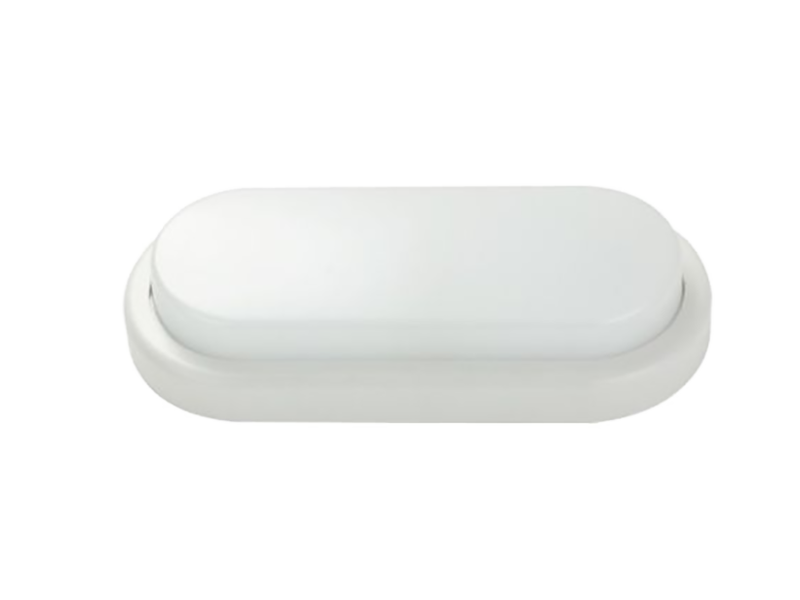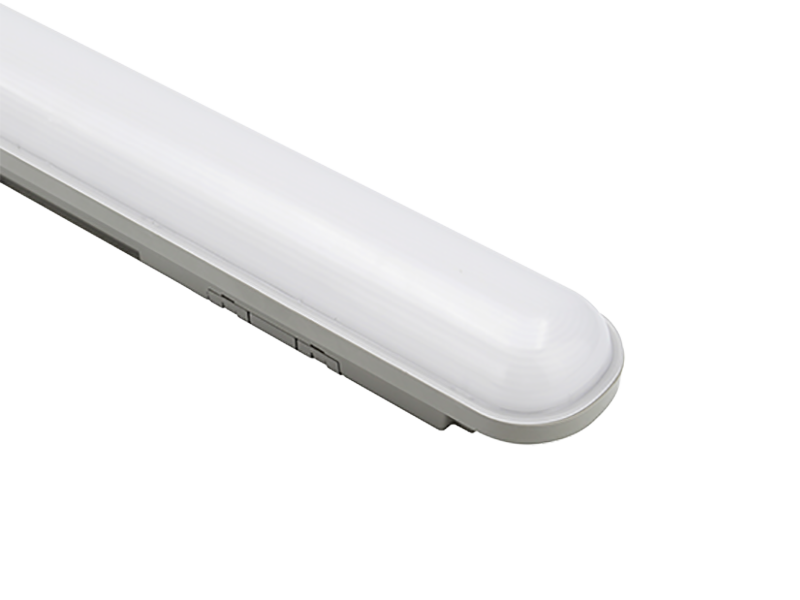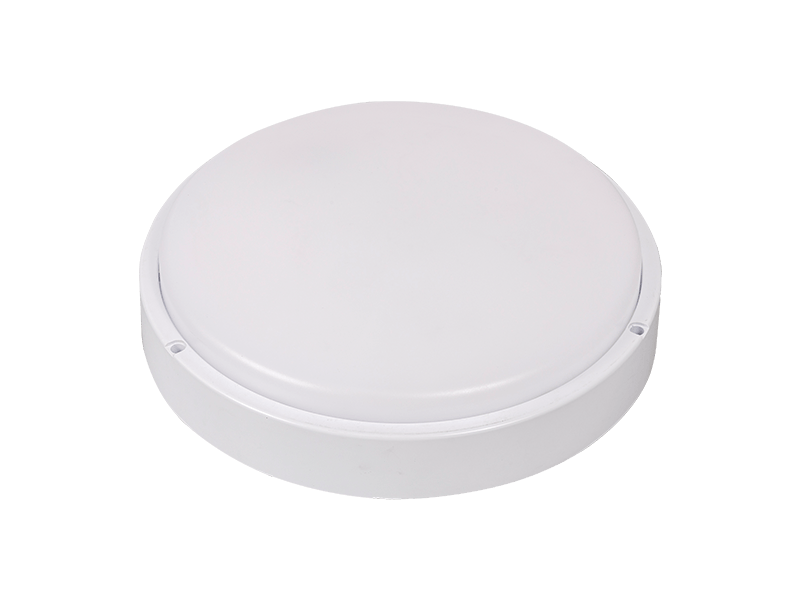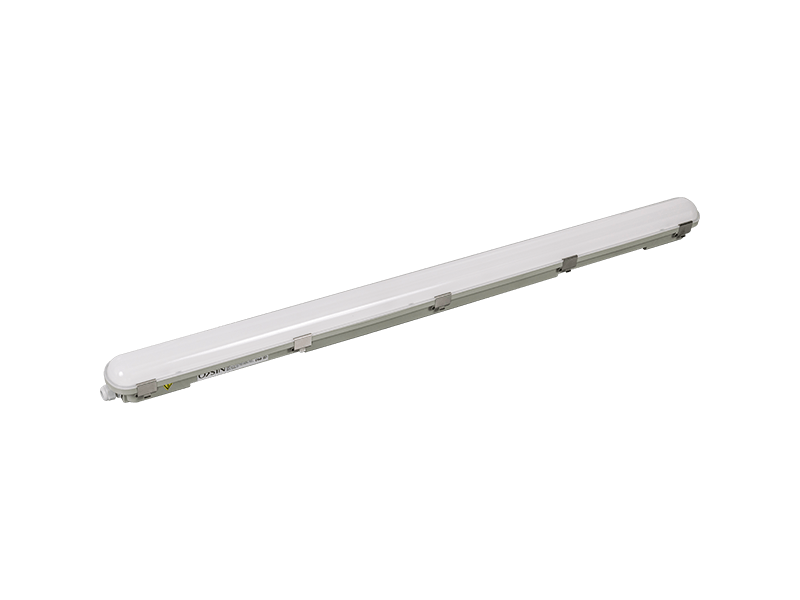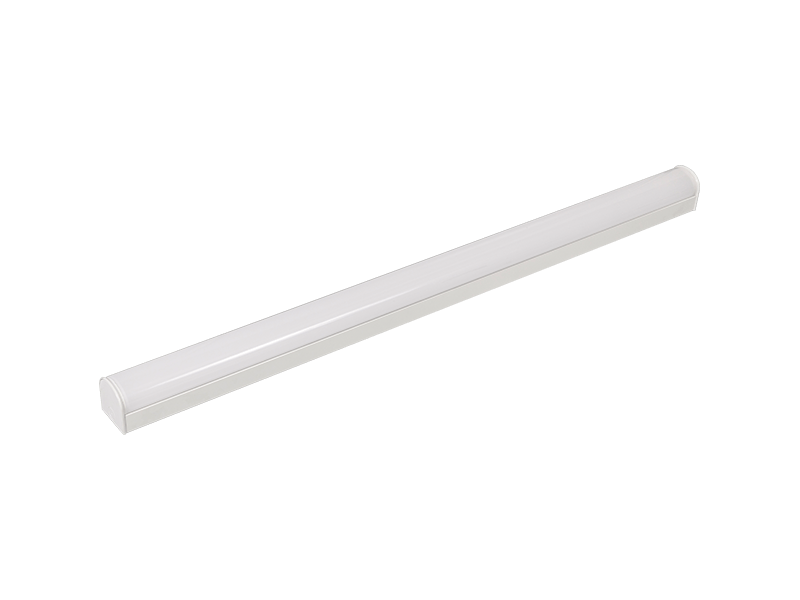In recent years, the tube fitting industry has experienced a significant evolution driven by advancements in materials and manufacturing techniques. One of the most notable trends is the adoption of advanced materials such as high-strength alloys, engineered plastics, and composite materials. These materials offer improved performance characteristics, including enhanced strength-to-weight ratios, corrosion resistance, and durability compared to traditional materials like brass or stainless steel.
Engineered plastics, such as polyether ether ketone (PEEK) and polytetrafluoroethylene (PTFE), are gaining traction in tube fitting applications due to their chemical resistance, low friction properties, and lightweight nature. These materials are particularly suitable for use in corrosive environments and high-temperature applications.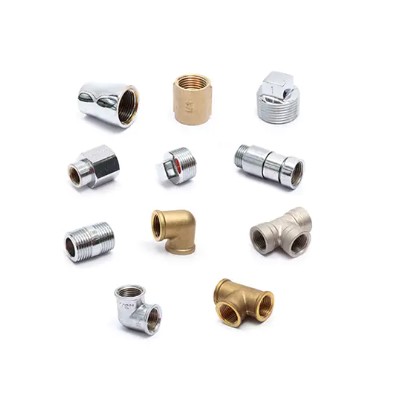
Metal additive manufacturing, commonly known as 3D printing, has revolutionized tube fitting production by enabling the creation of complex geometries and customized designs. Techniques like selective laser melting (SLM) and electron beam melting (EBM) allow for the production of lightweight yet strong fittings with intricate internal structures.
Traditional machining techniques have also evolved to meet the demands of high-performance tube fittings. Advanced machining technologies such as computer numerical control (CNC) machining and multi-axis machining enable precise tolerances and intricate designs, resulting in fittings with improved functionality and reliability.
The integration of Industry 4.0 technologies, such as automation, robotics, and data analytics, into tube fitting manufacturing processes has led to improvements in efficiency, quality control, and predictive maintenance. Real-time monitoring of production parameters enables reduced waste, faster production cycles, and higher overall productivity.
The latest trends in tube fitting materials and manufacturing techniques focus on enhancing performance, reliability, and sustainability to meet the evolving needs of diverse industries and applications. These advancements pave the way for further innovation in tube fitting design and production in the future.

 Search
Search English
English Español
Español